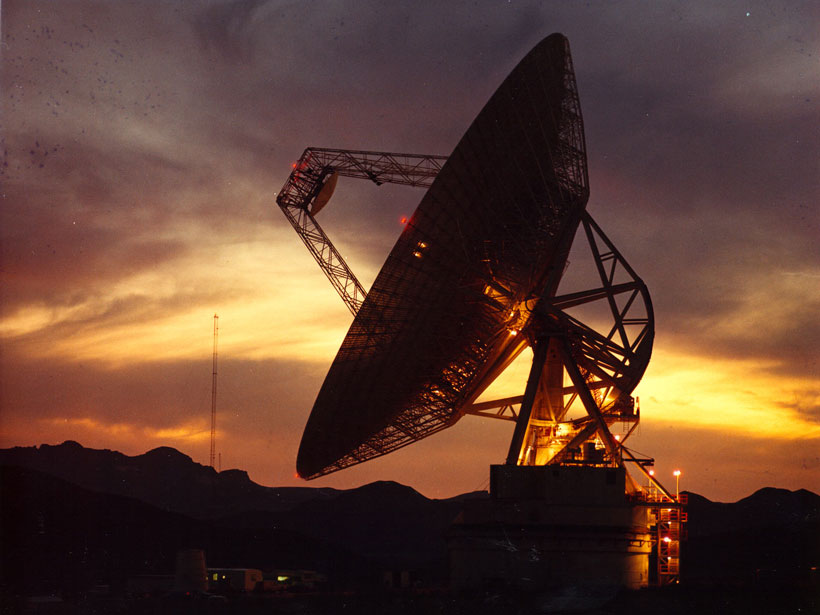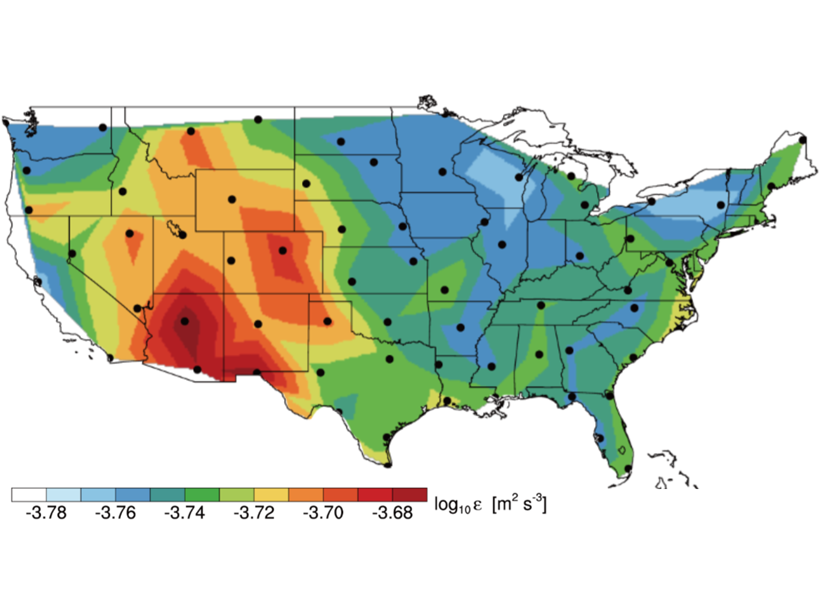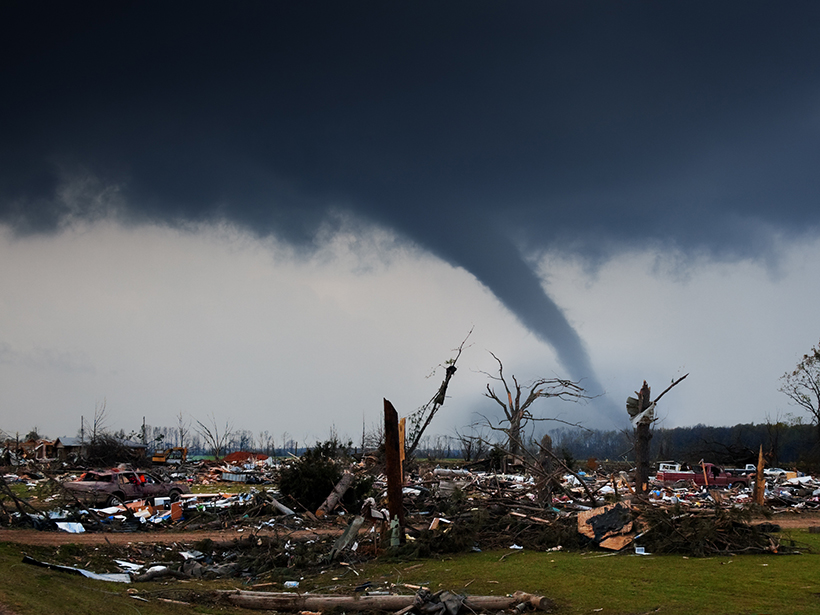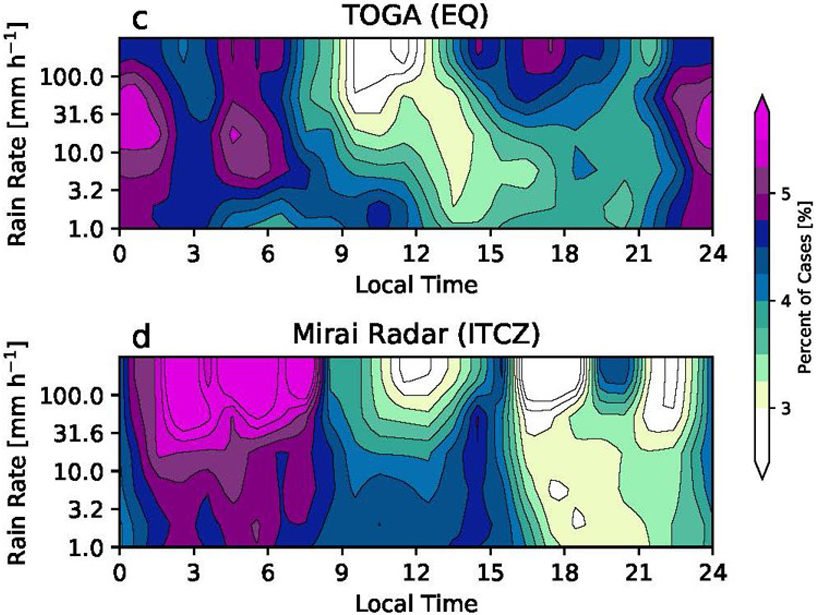Measurements of very-low frequency radio signal phase and amplitude can detect upper atmosphere changes caused by solar flares, enabling us to monitor flare occurrence and intensity.
radar & radio
More Than Just Astronomy: Radio Telescopes for Geophysics
Linking an existing network of radio telescopes with satellite radar would make it possible to measure ground displacements in a globally consistent way, scientists propose.
Machine Learning Improves Satellite Rainfall Estimates
A new deep learning approach bridges ground rain gauge and radar data with spaceborne radar observations of Tropical Rainfall Measuring Mission to improve precipitation estimation.
Vintage Radar Film Tracks What’s Beneath Antarctic Ice
The newly digitized data double the timescale of ice-penetrating radar monitoring in some of the fastest changing areas of Antarctica.
Radiosondes Measure Atmospheric Turbulence Over North America
Analyses of high-resolution radiosonde balloon measurements have provided a novel climatology of atmospheric turbulence parameters in the troposphere and lower stratosphere.
Missing Lakes Under Antarctic Ice Sheets
New radio sounding study finds little evidence of lakes under Antarctica’s Recovery Glacier.
Subglacial Water Can Accelerate East Antarctic Glacier Flow
Airborne radar from the Recovery Glacier system demonstrates the importance of characterizing the underlying causes of ice flow speedup to understand how glacial discharge could change in the future.
New Antenna Design Could Improve Satellite Communications
A novel antenna design promises to improve bandwidth and allow for better communication between Earth stations and satellites.
Westward Expansion, Technology, and Tornado Fatalities
By mining records from 1808 to 2017, researchers can now show just how many lives have likely been saved by technology like radar.
Diurnal Variation of Rainfall over the Equator Revisited
Radar data show an afternoon precipitation maximum in the equatorial Indian Ocean in addition to the nocturnal maximum; this occurs under light surface winds and suppressed large-scale convection.










